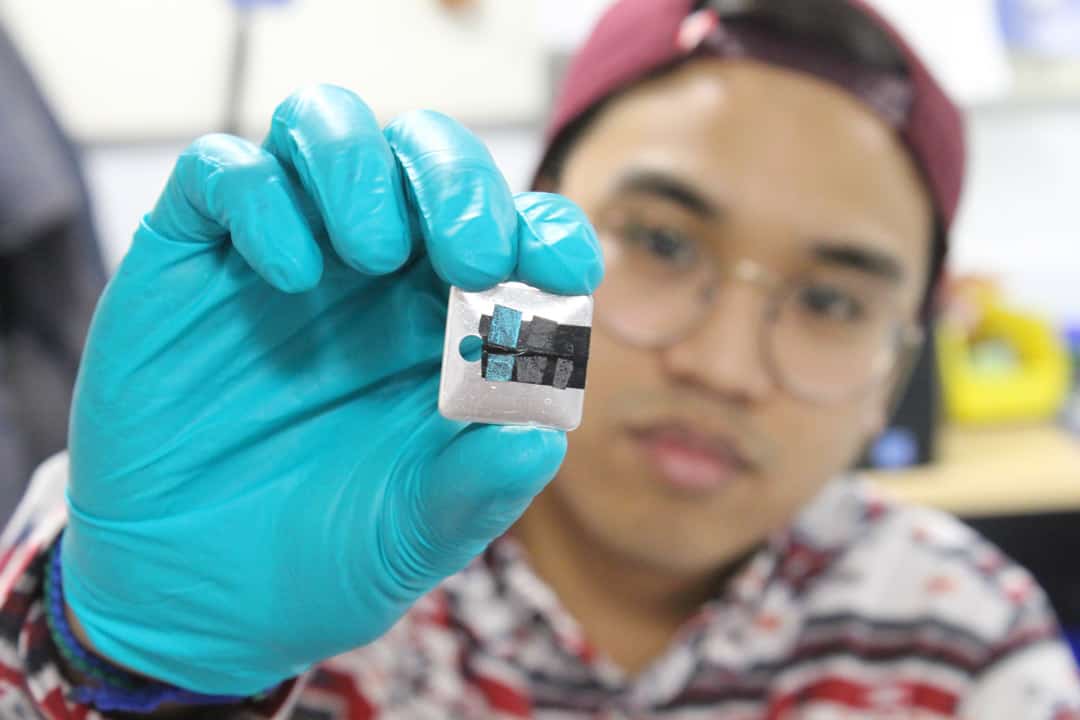Mitigating anthropogenic climate change is a significant issue we face in the twenty-first century. Today, through research and innovation, we are inching closer to a solution.
Recently, a group led by Dr. Ted Sargent, a U of T professor in Electrical & Computer Engineering and the Canada Research Chair in Nanotechnology, published a solution to this persistent problem in Nature Catalysis.
The researchers used an electroreduction reaction that converts carbon dioxide (CO₂), the principal greenhouse gas responsible for driving changes in Earth’s climate, into various hydrocarbon products, including ethylene, which is a precursor to most of the plastics omnipresent in our societies today.
The team developed a copper catalyst, which was studied at the Canadian Light Source facility in Saskatchewan.
“Where plants can take carbon dioxide, water, sunlight and make sugars – we take carbon dioxide, water, and renewable energy and make fuels and feedstocks. In this specific project, we found a catalyst that can make ethylene very selectively,” wrote Phil De Luna, U of T PhD student and lead author of the study, in an email to The Varsity.
In this sense, the researchers have developed a method for artificial photosynthesis.
“We were able to track how the material changes during [the] reaction, something that had never been done before with CO2 reduction,” he wrote.
The team’s study is the culmination of a year-long effort to progress research in sustainable materials and long-term energy storage technology and to scale the project from a laboratory setting to a pilot stage.
In fact, the group’s insights and persistence have seen them crowned as one of 23 semi-finalists for the Carbon XPrize — a global competition that rewards $20 million to the team that can best capture and convert CO₂ into a useful product.
There can be potentially huge implications in chemical and manufacturing industries with the adoption of this technology, given that the global demand for polyethylene resins is expected to rise to 99.6 million metric tons in 2018.
According to De Luna, this technology could be used at a commercial scale and aid in sustainable plastic production. Non-biodegradable plastics, like water bottles and packaging, are difficult to recycle, and the only current solution is to burn them, which releases CO₂ into the atmosphere.
“However, [if] we can take waste plastic, burn it, capture the CO2, and then recycle it back into plastics, we can completely close that loop,” wrote De Luna.
Apart from sustainable ethylene production with relatively little waste output, similar technologies can be used to convert CO₂ into a myriad of products based on reaction conditions and the type of catalyst used.
Some of these products include syngas, a precursor to synthetic fuel and biofuels, natural gas, and formic acid that is commonly used in textile manufacturing.
“This is a very active field of research right now,” said De Luna. “Scientists all over the world are trying to find ways to make specific products efficiently, selectively, and cheaply. It’s an incredibly exciting time for this technology.”


